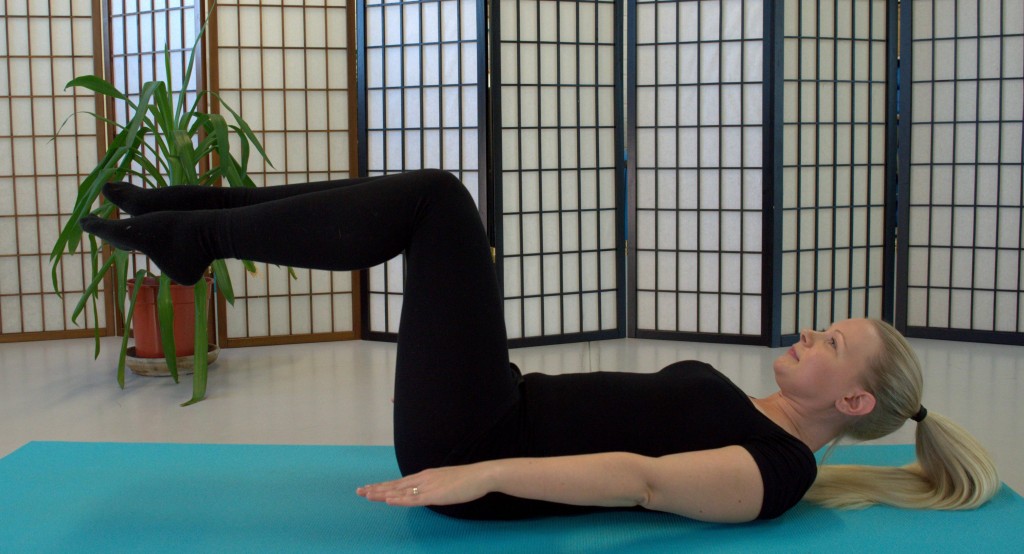Back pain is a very common problem, affecting 4 out of 5 of us at some point in our lives. The majority of back pain is diagnosed as ‘non-specific’ or ‘mechanical’, which means that it is not caused by conditions such as cancer, inflammatory disease, infection or a fracture.
Back pain may come on suddenly or gradually, and it may be a recurring problem for some. It is speculated that non-specific back pain may arise from degenerative changes, structural abnormalities or dysfunctions of the muscles or ligaments. Overall, it has been linked to people having increasingly sedentary lifestyles and poor posture.
Prevention is better than cure
People with low back pain are often left with limited treatment options. Medications can be useful for pain relief in the first stages of low back pain, but these are not ideal for long-term use. Non-specific low back pain tends to resolve within the first 6 weeks, but when it persists, people encounter long waiting lists for physiotherapy or scans. Furthermore, research seems to show that surgery is not a quick fix for back pain and is only necessary in less than 4% of cases. It indicates that prevention is indeed better than cure, and that posture and exercise are key to back pain prevention, and to recovery when in conjunction with physical and/or manual therapy.
Weak stomach and back muscles together with inactivity is a recipe for bad backs. Exercise strengthens the core muscles of the abdomen and spine and eases the tension in the back. Any exercise is good, although it is best to avoid high-impact sport if you have just had an episode of back pain – perhaps stick to walking, cycling and cross-training for example.
How to get your life back
One session per week of Pilates or Yoga is also recommended as an ongoing means to avoiding back pain. Both are very effective, although it alwaysimportant to proceed through each exercise slowly if you are a beginner and only attend classes with teachers who are moving around the room and watching that you are doing the exercises correctly. One to one classes are the ideal way to get personalised instruction at your own pace.
Lead a healthy lifestyle: watch your weight to avoid putting excessive strain on your spinal structures, eat healthily and stop smoking, as all these have been shown to have an effect on tissue health and resilience. Don’t forget to pay attention to your posture, keep your head up, shoulders relaxed and your stomach slightly pulled in. Make sure that you bend from the knees when bending, lifting, pushing or pulling.
If you are already suffering from back pain and struggling to get back on track, you may want to visit a physical or manual therapist for treatment and guidance. Osteopathy is well known for the treatment of back pain. Osteopaths may use techniques such as massage, joint mobilisation and manipulation, and rehabilitation to restore function to the body and remove pain and stiffness.
To book at appointment, or if you want to speak to our Osteopath, call us on 0191 233 0500.


